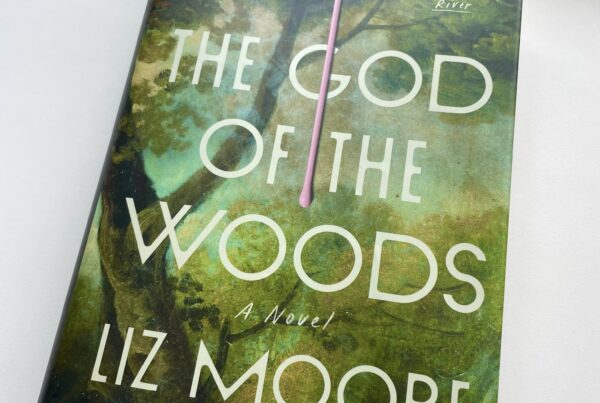I love Barbara Kingsolver. I love everything she has ever written. So when I saw that her newest novel was set in New Jersey, where I grew up, I was excited. Her new novel, Unsheltered, takes place in Vineland, New Jersey, a small dystopian community established by Charles Landis in the 1860’s that still exists today. Kingsolver uses this setting — more specifically a shoddily built house with no foundation on 744 East Plum street — to establish two storylines: one takes place in 2016 and another in the 1870’s. And though the physical setting stays the same, each protagonist in their respective time period must come to terms with the fact that their house is falling apart, as is the world around them. They truly feel they are without shelter.
In 2016, the year America will elect its 45th president — the “Bullhorn,” as Willa Knox calls him — Willa has inherited 744 East Plum from an aunt. The chapter begins with a contractor telling Willa that her house is irreparable; it should be torn down, it is in such bad shape. It seems to get worse from there. Her husband, Iano, loses his tenured position when his college closes down in Virginia, and is only able to get a year long stint at a college nearby their “new” Vineland home. Joining her in this house are her conservative, combative Greek father-in-law, who refuses to go on Obamacare even though his legs eventually need to be amputated due to diabetes, and her daughter, Tig, named after another rebellious teenager Antigone, who is a constant thorn in Willa’s side. Just home from Cuba, where trouble has brought her to Willa’s doorstep, Tig is moody and antagonistic. Willa’s older son, Zeke, was on the fast track after graduating from Harvard but falls apart when his wife dies unexpectedly, leaving him with a newborn son. Where will this new baby live if Zeke can’t even afford his own apartment? With Willa, of course, in a house that shouldn’t be standing, according to the laws of physics.
At the end of this first chapter, Kingsolver deftly begins a new chapter set in the 1870’s, where Thatcher Greenwood is newly married, trying to settle into his marriage and life as a teacher in the progressive school established by Landis in Vineland. His wife’s father, the builder of Willa’s infamous house at 744 East Plum, clearly had little skill in construction, and Thatcher notices all the problems with this poorly built house. And it’s only ten years old. Though he should be experiencing marital bliss, he finds himself drawn next door to the notorious Mary Treat’s home. A self-taught biologist whose husband has left her for a suffragette, Mary becomes one of the only people sympathetic to Thatcher’s problems at school. His principal prefers religion to science, and so the teaching of evolution escalates into a war between teacher, principal, and Landis himself, the owner of Vineland.
In every chapter, Kingsolver switches between protagonist and time period, creating a meditative narrative on the idea of sheltering, and what shelter can mean beyond the walls of a house. As she does in so many of her novels, Kingsolver creates a world of secondary characters who speak to the larger geo-political issues present both in today’s world and during the time of Charles Darwin. Like the novelist Willa Cather, for whom Willa is named, Kingsolver raises important issues such as the role of immigrants in the making of America, the play between stereotyping, class, and education, and ultimately the belief that sometimes the idea of the American dream is finding an alternative shelter than the one you may have been taught to seek.




